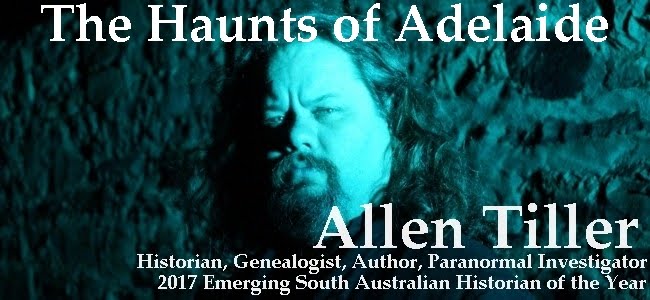This is Halloween…
Old Halloween Superstitions and Beliefs
Burning nuts on an open fire place is an old Scottish All
Hallows Eve tradition. It is used as a divination tool to discover if another
person will fall in love with you.
the nuts are placed on the fire, and given names, one for the person asking the question, the other for the person they wish to be with, or have fall in love with them.
If the two nuts burn nicely together, it is supposedly an indication of true love, but if the two nuts jump away from each, crack, explode or bounce of the fire, it is seen as a bad omen. These two people are not made for each other!
the nuts are placed on the fire, and given names, one for the person asking the question, the other for the person they wish to be with, or have fall in love with them.
If the two nuts burn nicely together, it is supposedly an indication of true love, but if the two nuts jump away from each, crack, explode or bounce of the fire, it is seen as a bad omen. These two people are not made for each other!
The Irish once had a
similar custom, but three nuts were used, instead of two. The three nuts
(usually Hazel Nuts) were put into the fire grate, with two being named as the
potential lovers (or a couple already together).
If the nuts popped, jumped or cracked, an infidelity would occur, if they stayed much the same, a mutual respect would be in place, but if they burned together, or burned brightly, a marriage would occur.
If the nuts popped, jumped or cracked, an infidelity would occur, if they stayed much the same, a mutual respect would be in place, but if they burned together, or burned brightly, a marriage would occur.
Another odd act of potential love divination was for a girl
to find a pea pod with 9 perfect peas inside. The young lady would take the pod
home and secretly place it above the doorway of the house. The first unmarried
man to walk through the doorway would be her future suitor!
The Irish seemed to
have many All Hallows Eve traditional “love spells”, another involved a young
lady pealing an entire apple in one strand, she would then throw this long peel
over her left shoulder, and when it landed, it would spell out the initials of
her future husband!
Another custom, which is thought to have originated in
Ireland, was the sewing of hemp seeds to divine a future lover.
On Halloween night, a male or female would secretly make their way to the local cemetery, and at midnight they would sow a handful of hemp seeds, whilst saying the following rhyme;
Hemp seed, I sow Thee;
Hemp seed, I sow thee
And him (or her) that’s my true love
Come after me and pou’ thee
And him (or her) that’s my true love
Come after me and pou’ thee
Another variation of the poem is:
Hemp seed I sow, hemp seed must grow;
Whomever my true love, come after and mow.
After saying the rhyme a few times whilst sowing the seeds,
the asker would look back over their left shoulder, and see an apparition of
the person who loves them, cutting the grown hemp with a scythe!
Another traditional
love spell for Halloween, was for a young lady to carry two lemon peels, one in
each pocket. Before going to bed that night, she would rub the four posts of
her bed with the peel, and then slip them under her pillow. In her dreams that
night, her future husband would appear.
One final Halloween love spell – The Three Dishes, which
comes out of England.
Three dishes are to be placed next to each other on a table, one contains dirty water, one contains clean water and the last contains nothing.
The person wanting to know their future, is blinded folded, then led towards the dishes. Whichever dish the person puts their hand in first, decides their future lover.
The clean water, the person will marry a maiden or master, whichever the case may be.
The dirty water, the person will marry a widow or widower.
The bowl with nothing in it, the person will remain a bachelor or bachelorette…
…and you thought Halloween was all about ghosts, goblins and
trick or treating!
Happy Halloween!






